What is Domain Verified Sending?
We need to authenticate your domain so that we can send emails on your behalf
It's very important that you take the steps to authorize the platform to send emails on behalf of your domain. If you don't take these steps, it's very likely that important registration & communications emails from the platform will end up in SPAM, or worse, completely blocked by your Client's email provider.
When you authenticate with our 'Domain Verified Sending' tool, you'll be able to create & verify records in your domain's DNS that will demonstrate that you have authorized us to send on your behalf.
Why do I need to Authenticate my Domain?
It's important for your success!
Have you ever received an email that looks like it's from PayPal, but is actually from a scammer posing as PayPal? This is called a "spoof" email because it's quite easy to fake the domain associated with an email (like PayPal in this case). DKIM was created to combat these sorts of fake sender issues. Email that goes out from this platform with a DKIM signature is MUCH more likely to get through to your recipients as this means it's not a spoofed email.
Also, by verifying your domain in this way, it tells ISPs and Email Service Providers that you have given us permission to send emails on your behalf, which convinces them to allow the messages into the Inbox rather than the Spam folder.
What are the steps to Authenticating my Domain?
Just take it step by step... or send this link to your web or IT guy.
1 Navigate to the Email Branding menu item.
Start by clicking your profile picture in the top right of the screen to activate the Fly-out Menu.
In the Your Branding column select the Email Branding item.
2 Click Domain Verified Sending.
3 Enter your Domain Name and click Save Domain
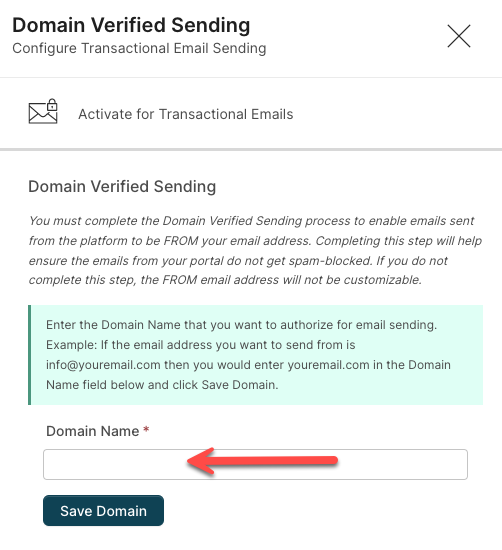
After you enter the domain name that domain will be locked for 24 hours so as not to cause issues with our automated processes.
You will then need to add the indicated records to your domain's DNS zone.
4 Add the given DNS records to your domain's DNS zone.
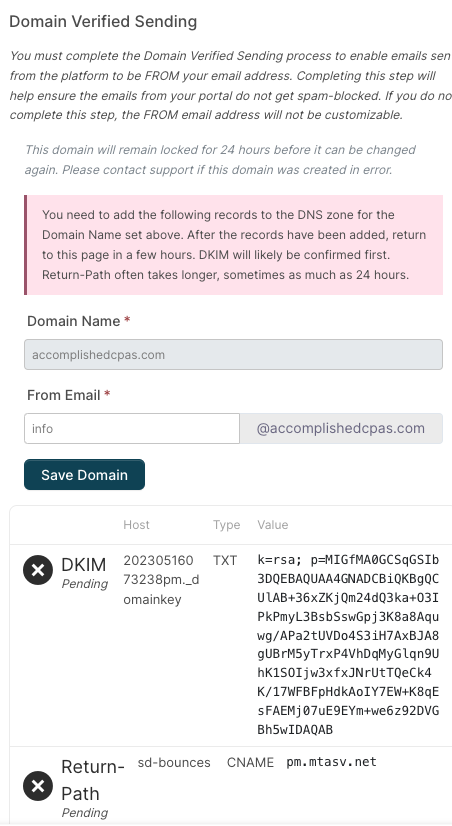

Don't be scared 😉
How to set up DNS records for Authentication
First, you need to know where to edit the DNS Zone.
The first thing you'll need to know is where you need to be logged in so that you can edit the records in your domain's DNS zone. The best way to discover this is to know what the Name servers are associated with your domain.
The fastest way to do this is by using a tool called Whois @ this link: https://whois.com/whois/
Follow that link and enter your domain name and click Search.
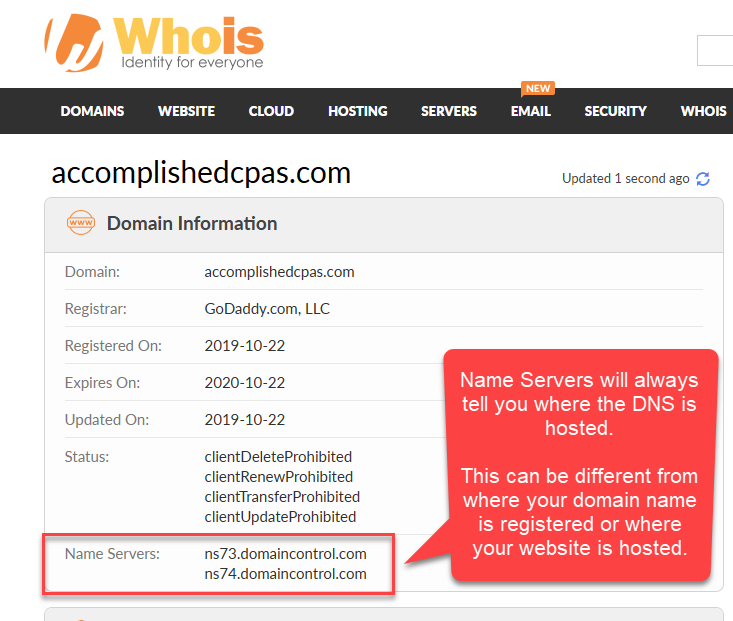
Usually, just by looking at the Nameserver values, you can identify the host/company that issues them.
Here are some common examples:
- GoDaddy > Will typically have 'domaincontrol.com' in the record
- Bluehost > Will typically have 'bluehost.com' in the record
- HostGator > Will typically have 'hostgator.com' in the record
- SiteGround > Will typically have 'siteground.biz' in the record
- InMotion > Will typically have 'inmotionhosting.com' in the record
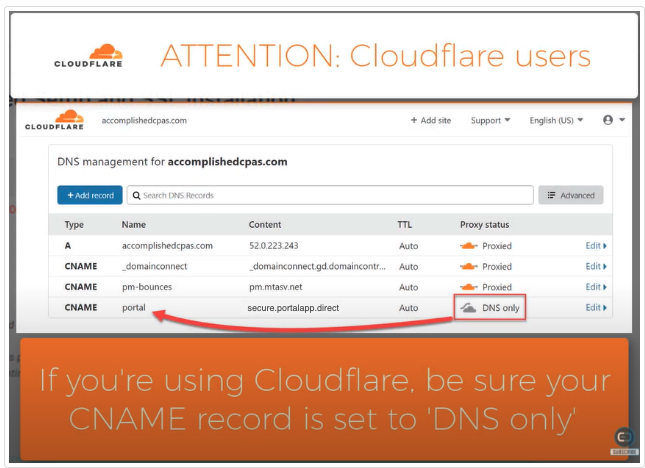
After you know the correct place to edit the DNS zone, then login to that Control Panel, and look for Manage DNS or Edit DNS Zone for your domain name.
When you find the interface, you'll need to add the records as shown. (these records will be different for each domain name)
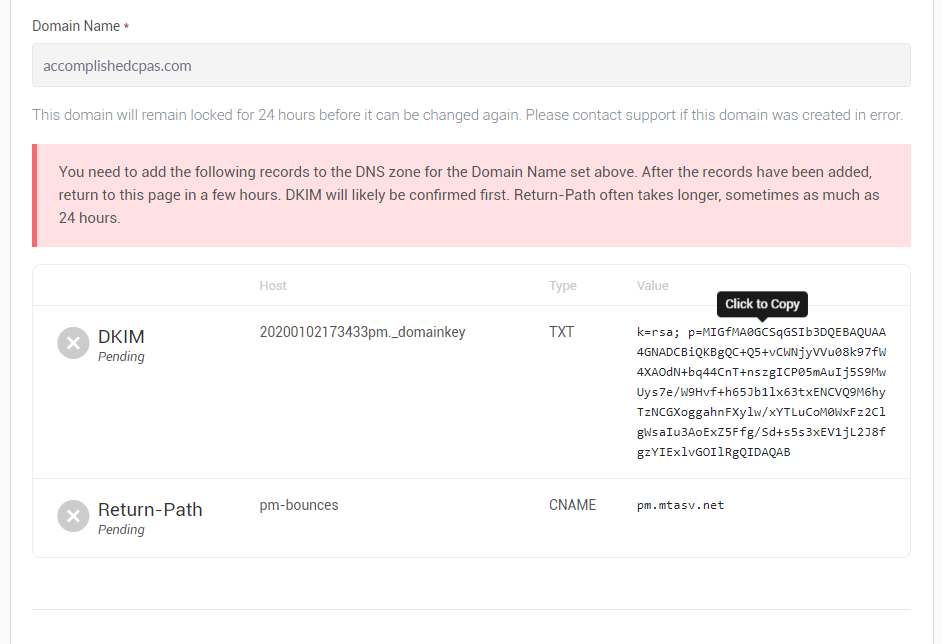
DKIM records are added to your DNS as a TXT record and Return-Path records are added as CNAME records.
Below are some links to instructions on adding DNS records for common hosts and DNS providers.
- Bluehost
- CloudFlare
- DNS Made Easy
- DNSimple
- Dreamhost
- DigitalOcean
- GoDaddy
- Hostgator
- Hover
- Media Temple
- Melbourne IT
- Namecheap
- Network Solutions
- Register.com
Adding the DKIM & Return-Path records to your DNS
CREATING A DKIM RECORD
A DKIM record will be shown that needs to be added to your DNS as a TXT record.
- Head over to your host or DNS provider and access the area where you can add new DNS records.
- In your DNS manager, add a new TXT record with the Host and Value shown to you in your platform account.
- TTL can be set anything, but 1 Hour is just fine. You can't get this wrong.



After the record is added to your DNS, DKIM will show as verified in your platform account within 48 hours. The record will be automatically verified. After the DKIM record is verified, we will begin signing emails sent through the platform using this domain with DKIM.
CREATING A CUSTOM RETURN PATH
A Return-Path record will be shown that needs to be added to your DNS as a CNAME record.
- Head over to your host or DNS provider and access the area where you can add new DNS records.
- In your DNS manager, add a new CNAME record with the Hostname and Value shown on your DNS Settings page for the domain you adding Return-Path for.



After the record is added to your DNS, Return-Path will show as verified in your platform account within 48 hours. The record will be automatically verified.
WHY SET A CUSTOM RETURN-PATH?
The Return-Path is the address where bounces and other email feedback are sent.
It is also described as:
- bounce address
- reverse path
- envelope from
- MAIL FROM
A custom Return-Path isn't required and shouldn't affect deliverability in most cases but if you have a DMARC policy for your domain, you should set up a custom Return-Path to achieve SPF alignment.
If you send emails from example.com, then you can still pass SPF and DKIM authentication but since the Return-Path and From address are not using the same domain, SPF will not pass for DMARC alignment. When you set up a Return-Path domain of pmbounces.example.com and send emails from example.com then the domains will be aligned.
When you send emails with a custom Return-Path, the header would look like this:
Return-Path: <[email protected]>
HOW TO SET A CUSTOM RETURN-PATH
For your Return-Path domain, you need to create a CNAME record in DNS that points to pm.mtasv.net.